How to Write a Management Summary for Your Business Plan
Entrepreneurs are often celebrated for their uncanny ability to understand others – their customers, the market, and the ever-evolving global...
5 min read
![]() Ben Worsley
Oct 10, 2022 9:38:06 AM
Ben Worsley
Oct 10, 2022 9:38:06 AM
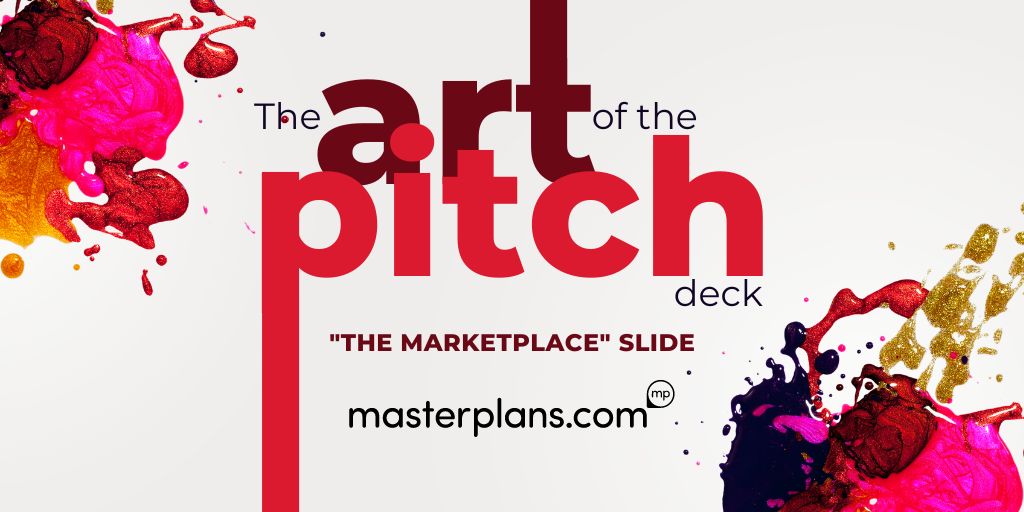
Anyone who has been on an online date (the latest data says one in every five of you have!) is familiar with the concept of the modern coffee date: plan your first date for a busy location like a coffee shop, and have plans for afterwards so you can get out in a half-hour if things aren't going well.
A pitch meeting is exactly that for investors. It’s a 30-minute “blind date” that allows investors to get a first impression of the founders and their startup before committing more time. Furthermore, it's becoming increasingly common for a venture capital firm to schedule 10-15 presentations in a single day; in a very real sense, the intimate one-on-one date is quickly becoming speed dating.
Consequently, the challenge is clear: how can you make your pitch presentation memorable for your investors and earn a second date?
Maybe I should have called this post, “Why Startup Funding Is More Like ‘The Bachelor’ Than ‘Shark Tank’,” but I digress.
In our "Art of the Pitch Deck" series, we will delve deeper into creating an exceptional presentation by focusing on a specific topic your deck should include and examining the various visual communication techniques you can use to make your startup most attractive to investors (/end of dating metaphor).
Typical Pitch Deck Order:
|
In order to convey complex information clearly, concisely, and with a little panache, design and content must coalesce in a pitch presentation. This post will focus on “The Marketplace” slide with five proven techniques to present the information your investors will want to see.
5 Techniques to Show “The Market” |
Let's begin at the top: the purpose of The Marketplace Slide is to explain the business's potential and its market position to your potential investor. This is not the place to casually toss out numbers and statistics; you should be prepared to provide references for every claim you make.
And it's okay to be unsure; your market isn't always clear. Many startups exist at the crossroads of several industries and are not easily defined. However, regardless of how ambiguous your market potential is, you must be able to demonstrate to the investor that you have invested significant time in understanding it.
There are numerous viewpoints on the order of slides in a pitch deck. The order of the slides is determined by what makes your presentation the most compelling. However, conventional wisdom holds that your deck should begin with your problem and opportunity, then your solution and features, before moving on to strategic slides that discuss your traction and timelines, the competitive landscape, your management team, and, of course, the need for and uses of funds. The Marketplace Slide frequently fits in nicely around the go-to-market timeline and competitive landscape, providing context to both.
Note: There is overlap between the information on The Marketplace Slide and the information on the startup's Opportunity Slide, which appears earlier in the presentation. The key difference is that the Opportunity slide is the presentation's attention-grabber, whereas the Marketplace Slide we're discussing here is a support slide providing more detail and analysis and thus comes later.
Key Takeaways:
|
We've approached The Marketplace Slide in a variety of ways over the years, and what you choose to present depends on the startup you're pitching. Here are five techniques we've found to be effective, as well as suggestions for the types of businesses they work well for.
Just like your car dashboard, this technique assembles a few pieces of data in an easily digestible display. It's a great option when there are numerous factors that point to the success of your company's products or services that all need to be tied together. For visual impact, use different kinds of charts and maybe an icon or two.
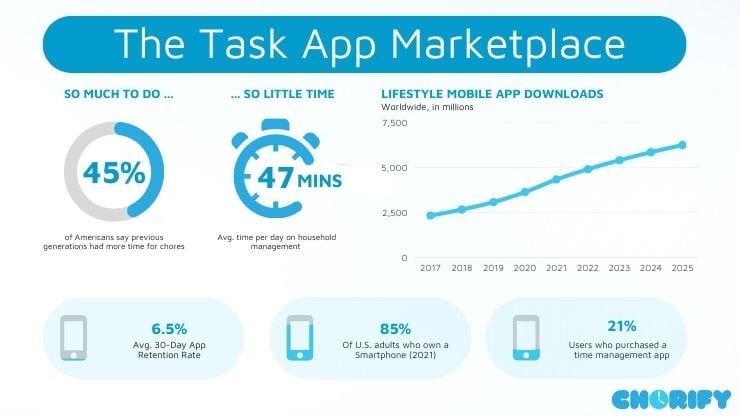
In the above example for Chorify, a fictional home management mobile app, we pulled together stats about showing how much time people spend on chores, along with app downloads and retention, and data points about app and smartphone usage.
Harper's Magazine used to be a staple in every doctor's office. I don't recall the last time I saw it in print, but if you're anything like I was, the first place you would turn was to Harper's Index. The premise was delightfully simple: you'd get a factoid followed by a number, which were frequently grouped with related statistics. In many of our pitch decks, we use a similar technique in which the numbers are large, almost graphical, with the explanation below and smaller.
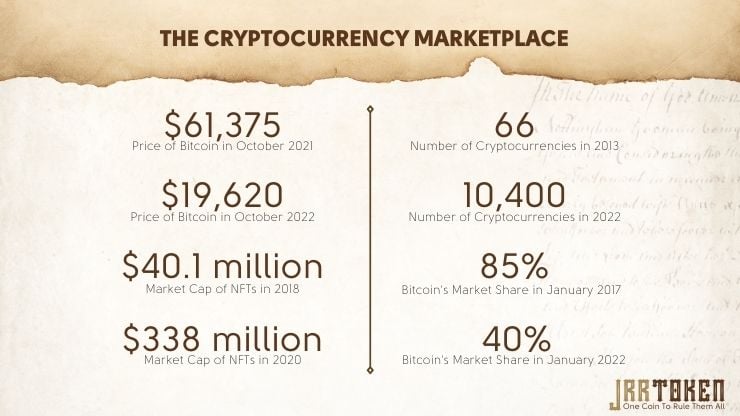
In the example shown, you can see we positioned a new alternative cryptocurrency by showing statistics relating to the overall market growth, in size and variety of coins and, also to Bitcoin, the dominant overlord of the crypto space.
Maps were the first — and for centuries, the only — form of data visualization. Today’s maps can convey more information than ever thanks to the incorporation of GIS. In pitch decks, we typically use maps in two ways. The first is for location-based analysis. This works well for physical locations, especially when conducting a radial analysis of the market within certain distances. Another approach is to divide the market into regions to demonstrate expansion or marketing strategies.
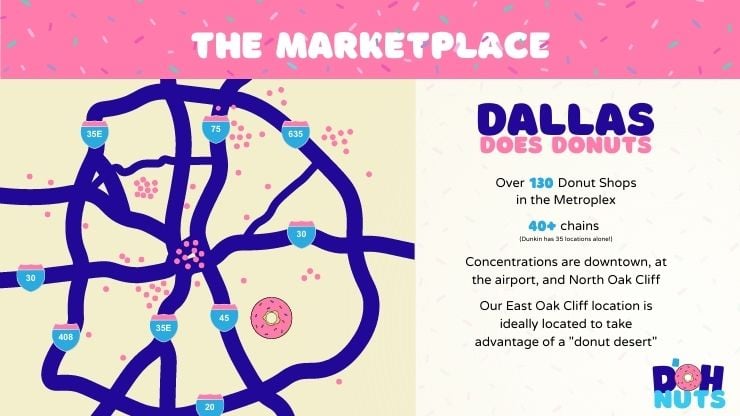
For the fictional company D’OHNuts, it was important to show two pieces of data: first that Dallasites love their donuts (they very much do), but also show they are located within a “donut desert.”
It is critical for founders not to overthink things. If there is a single data point that strongly supports a startup's potential, why clutter it with window dressing? Go big and make your point.
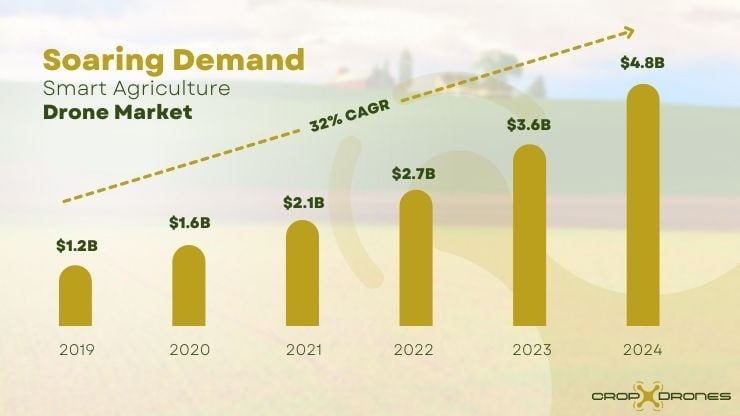
As you can see in our example, the agriculture drone market is (quite literally) taking off, with a 32% CAGR in 2019 to 2024. A fast-growing market like that is all CropXDrones needs to show to make its point.
|
TAM SAM SOM analyses are frequently requested by our clients. They are an excellent way to demonstrate that you, as an entrepreneur, understand the size of the market and the challenges of penetrating it. Having said that, I always advise caution when "calculating" this. It is critical to consider what reasonable percentages of the subset are, especially when transitioning from the TAM to the SAM. We advise against using this type of chart unless you have conducted primary research on your product (such as surveys or focus groups). Should you decide to use a TAM SAM SOM analysis, consider how you calculate your numbers carefully because a savvy investor will always scrutinize your underlying assumptions.
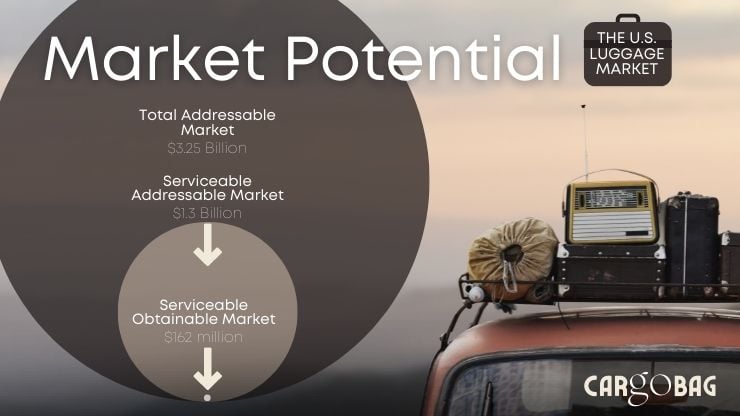
In our example, CarGoBag, a fictional travel bag specifically designed for road-trippers and van-lifers, we showed the overall luggage marketplace as the TAM, with the casual luggage marketplace as the SAM. A 3% market share of the SOM is $5 million.
Is this potential market size large enough to entice an investor? It's difficult to say without seeing the rest of the pitch. The successful pitch presentation is the sum of its parts, and in this case, it's impossible to know if a $5 million potential market is worth the investment without also understanding the amount of the ask, the company's current traction, and the vision for future growth, all of which would be presented on other slides. More on those slides in subsequent posts!
So there you have it: five tried-and-true techniques for demonstrating to investors that you understand the market and your startup's place in it.
If you'd like to learn more about how we can assist you in developing a pitch deck that entices investors, don't hesitate to contact us and get a free estimate for what we can do for you.

Entrepreneurs are often celebrated for their uncanny ability to understand others – their customers, the market, and the ever-evolving global...

Despite growth in sectors like artificial intelligence, venture capital funding has seen better days. After peaking at $347.5 billion in 2021, there...

Most people think of a professional business plan company primarily as a "business plan writer." However, here at Masterplans, we choose to approach...